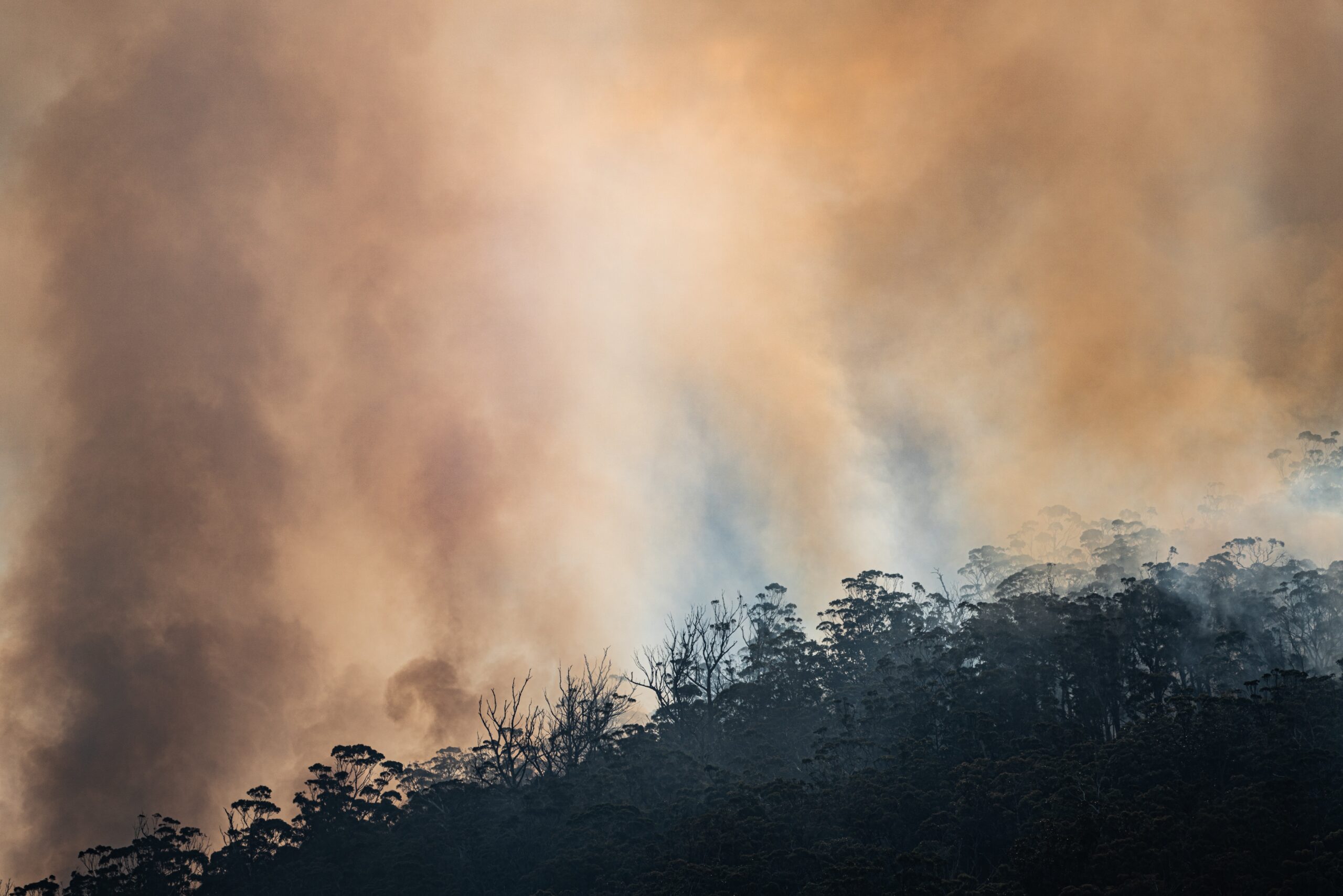
Inquiry into Climate Resilience Victoria
Summary
As the climate gets hotter and extreme weather events become more common, the health impacts associated with air pollution are expected to increase. More frequent and intense bushfires will result in increased particulate matter (PM) air pollution, emergency department attendances and health costs. Hotter temperatures are predicted to increase the concentration of aeroallergens (i.e., pollens), particulate matter air pollution, and other air pollutants such as fungi, mould, and windblown dust, with associated increased health burden. High temperatures and bushfires often coincide, producing a synergistic negative effect on health outcomes. Climate change is also expected to increase ground-level ozone, which is associated with a range of health issues including reduced lung function and increased hospital presentations and admission for asthma.
Format
Tags
Category
Suggested Citation
Idrose S, Chen G, Dharmage S, Dodd B, Johnston F. Inquiry into Climate Resilience Victoria: Centre for Safe Air 2024
Published
2024
Download resource
"*" indicates required fields